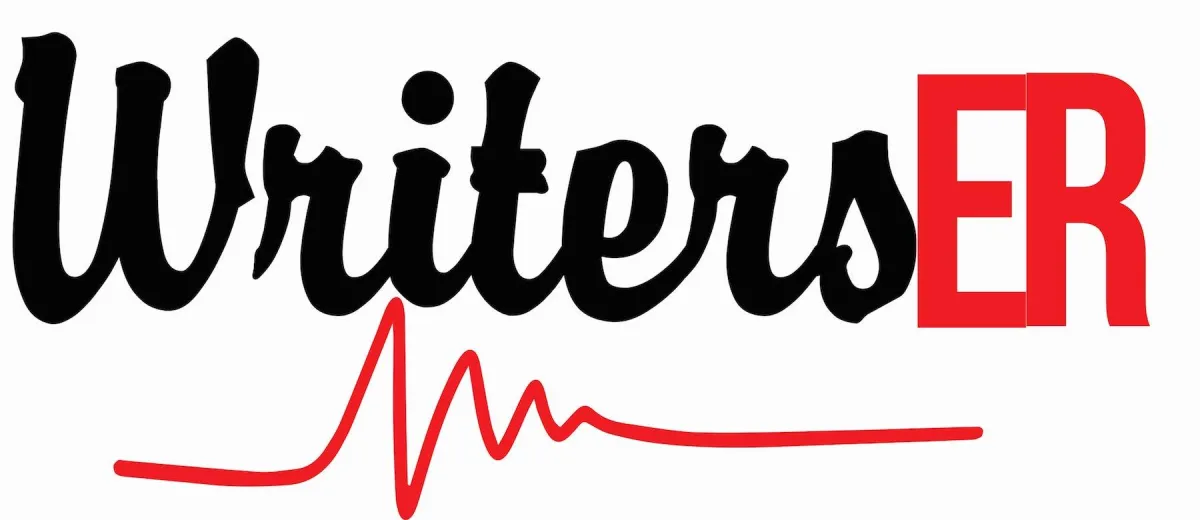BLOGS

How to Develop a Conceptual Framework for Your Dissertation
How to Develop a Conceptual Framework for Your Dissertation
Introduction
A well-constructed conceptual framework serves as the foundation for your dissertation. It visually and conceptually organizes your research by showing relationships between variables, theories, and key concepts. For many graduate students, developing a conceptual framework can feel like navigating uncharted territory. This blog provides step-by-step guidance on creating a clear and effective conceptual framework that aligns with your research objectives.

1. Understand the Purpose of a Conceptual Framework
Before diving into development, it’s essential to understand why a conceptual framework is important.
Purpose:
Organizes Research: It maps out the variables and concepts central to your study.
Clarifies Relationships: Shows how different aspects of your research interact.
Guides Analysis: Provides a blueprint for data interpretation and analysis.
Tip: Think of your conceptual framework as the roadmap for your dissertation.
2. Define Your Research Variables
To build your framework, start by identifying the variables or concepts that are critical to your research.
Steps to Identify Variables:
Review your research questions and objectives.
Pinpoint independent variables (factors you manipulate or study) and dependent variables (outcomes).
Consider mediators or moderators that may influence relationships between variables.
Tip: Use academic literature to validate and define your chosen variables.
3. Explore Existing Theories
Incorporating established theories strengthens your framework and ties it to the broader academic field.
How to Incorporate Theories:
Identify theories relevant to your research area.
Link these theories to your variables to explain relationships.
Use a combination of complementary theories if needed.
Tip: Clearly cite all theories to demonstrate a thorough understanding of your field.
4. Create a Visual Representation
A visual model makes your conceptual framework easy to understand and serves as a quick reference.
Elements of a Strong Visual Model:
Variables as boxes or circles.
Relationships as arrows or lines (use directional arrows to show causation).
Clear labels for all components.
Tip: Use tools like Lucidchart, Canva, or PowerPoint to create professional diagrams.
5. Write a Narrative Explanation
Accompany your visual model with a written narrative that explains its components and structure.
Key Elements of the Narrative:
Describe each variable and its role in your research.
Explain relationships between variables and justify them using existing literature.
Discuss the relevance of any theories included in the framework.
Tip: Keep your explanation concise but thorough enough to demonstrate logical connections.
6. Align with Your Methodology
Your conceptual framework should directly inform your research methodology.
How to Ensure Alignment:
Use the framework to develop your hypotheses or propositions.
Base your data collection methods on the variables in your framework.
Let the framework guide your analysis by focusing on the relationships it outlines.
Tip: Review your methodology chapter to confirm that it supports your conceptual framework.
Conclusion
Developing a conceptual framework is a critical step in your dissertation journey. By organizing variables, integrating theories, and providing a clear visual model, you’ll create a framework that not only guides your research but also enhances its academic value.
Need help crafting a conceptual framework for your dissertation? WritersER offers expert coaching and resources to guide you through every stage of your research process. Click here to get started!
